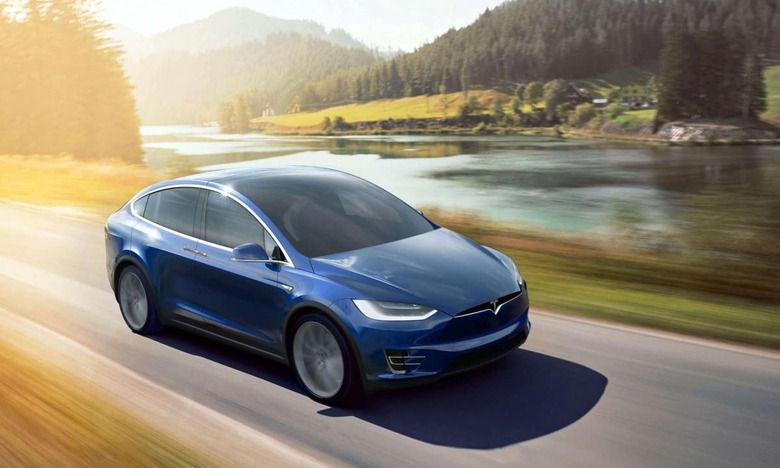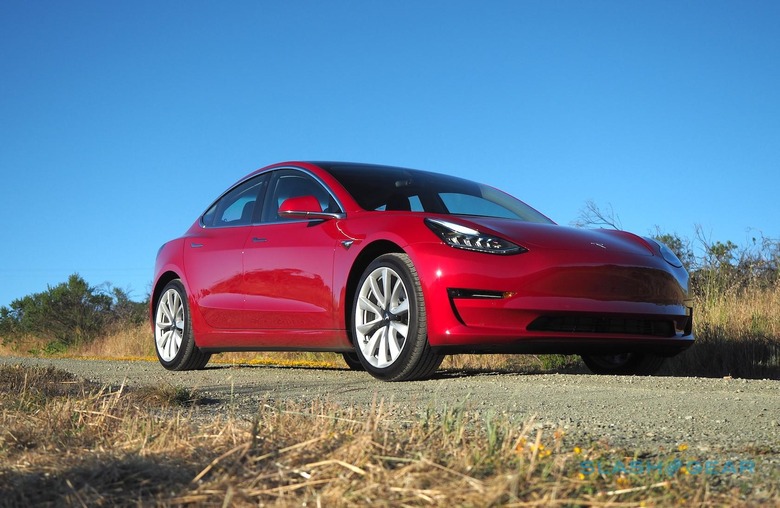Tesla is axing its cheapest Model S and Model X EVs
Tesla is axing its most affordable Model S and Model X cars, doing away with the entry-level battery options and pushing starting prices up by as much as $18,000 in the process. The news was broken by Tesla CEO Elon Musk, who revealed that would-be buyers of the soon to be discontinued cars now only have a few days to complete their orders.
Specifically, it's the Tesla Model S 75D and the Tesla Model X 75D which are getting the chop. They're the versions of Tesla's Model S sedan and Model X SUV with the 75 kWh battery. That's rated for 259 miles of all-electric range in the Model S, and 237 miles in the Model X.
That will leave buyers with significantly more expensive cars to choose between. In the case of the Model S, the most affordable option will be the Model S 100D. That has a 100 kWh battery for a quoted 335 miles of range. It's also faster than the 75D, though costs $94,000 before incentives and any other savings, versus the 75D's cash price of $76,000.
As for the SUV, the Model X 100D will be the new entry-level point to that particular range. It too has a 100 kWh battery, good for 295 miles of range, and is also faster than the 75D version. It starts at $97,000 before incentives and other savings, versus the $82,000 of the 75D.

According to Musk, buyers wanting the 75 kWh version of either car will have until Sunday night to place an order. After that point, the configurator will be updated to reflect the amended range.
While it may come as a surprise to would-be owners, the decision arguably makes good business sense for Tesla. The automaker has, on several occasions, blamed the variety of configurations and options available for its line-up as acting as a bottleneck to production. Indeed, it has previously opted to remove certain options for both cars, such as paint finishes and trims, in the name of reducing complexity on the production line.
However it also opens up more space for the Tesla Model 3 to expand. While the most affordable version of that car is still yet to appear, its line-up currently spans from the $44,000 Model 3 mid-range with rear-wheel drive, through to the $62,000 Model 3 Performance with dual-motor all-wheel drive.

At the top end of that scale, the Model 3 comes fairly close to the Model 3 75D. By removing the latter from the range, Tesla not only gives its current Model 3 configurations more headroom, but also clears a space for potential even higher-spec versions of the car, too.
It's not the first time Tesla has tried such a strategy. Back in September 2017, the company killed off the Model S 75, the last remaining rear-wheel drive option in the sedan range, which had started at $69,500.
The automaker adjusted its pricing in recent weeks, having reached the US governments gap on electric vehicle sales and thus seen new owners' federal tax credits halve. Rather than the $7,500 buyers would have received in credits up until the end of 2018, new Tesla owners will now only get $3,750. In response, Tesla cut $2,000 from the sticker price of its cars, to try to sweeten the deal in the face of the shrinking incentives.
